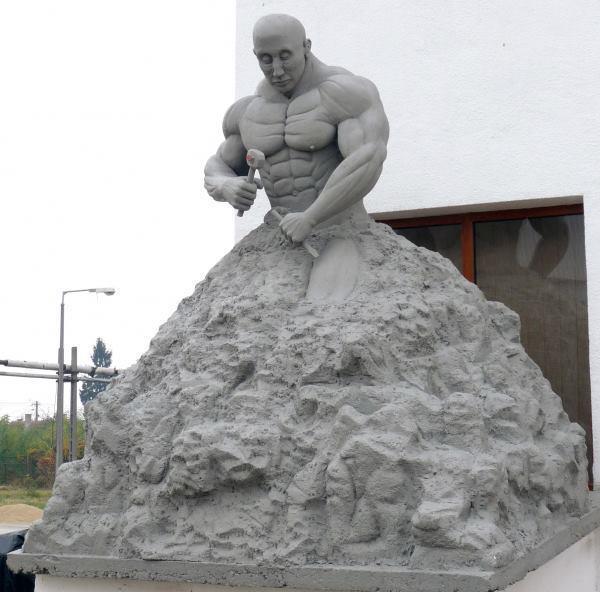
Discovering yourself means understanding who you truly are. It involves identifying your strengths, weaknesses, interests, and values.
Many people go through life without really knowing themselves, which can lead to confusion and dissatisfaction. However, taking the time to discover yourself helps you make better decisions, set meaningful goals, and live a more fulfilling life.
Here are some simple steps to help you discover yourself.
1. Spend Time Alone
One of the best ways to understand yourself is by spending time alone. In today’s world, we’re often busy with work, family, friends, and social media, which can make it hard to focus on ourselves.
Taking time to be alone allows you to reflect on your life, your dreams, and what truly makes you happy. You can go for a walk, write in a journal, or sit quietly in a peaceful space.
This alone time helps you listen to your own thoughts and emotions.
2. Pay Attention to Your Emotions
Your feelings can reveal a lot about who you are. Whether you’re feeling happy, excited, sad, or frustrated, these emotions reflect what is important to you.
Take the time to notice your feelings and think about why you feel that way. For instance, if helping others makes you feel fulfilled, kindness might be a core value for you.
Similarly, if certain situations always make you feel uneasy, it could indicate something in your life needs to change. Paying attention to your emotions is a great way to discover what matters to you most.
3. Try New Experiences
Another effective way to learn more about yourself is by trying new things. Sometimes, we don’t know what we like or dislike until we experience it firsthand.
Engaging in new activities, hobbies, or meeting new people can broaden your understanding of yourself.
For example, you might discover a love for painting, cooking, or learning a new language. Stepping out of your comfort zone gives you the opportunity to uncover new passions and interests.
4. Reflect on Your Past
Looking back at your past experiences can provide insight into who you are today. Think about your childhood, your teenage years, and the experiences that have shaped you.
What were the happiest moments of your life? What challenges did you face, and how did you overcome them? Reflecting on your past can help you identify patterns in your life, which can guide you in understanding your strengths and values.
For instance, if you were always interested in creating things as a child, it might indicate a passion for creativity.
5. Recognize Your Strengths and Weaknesses
Everyone has strengths and weaknesses. Knowing what you’re good at and what you find challenging is an important part of self-discovery.
Your strengths are the things you do well, whether it’s listening, solving problems, or being creative. On the other hand, your weaknesses are the areas where










